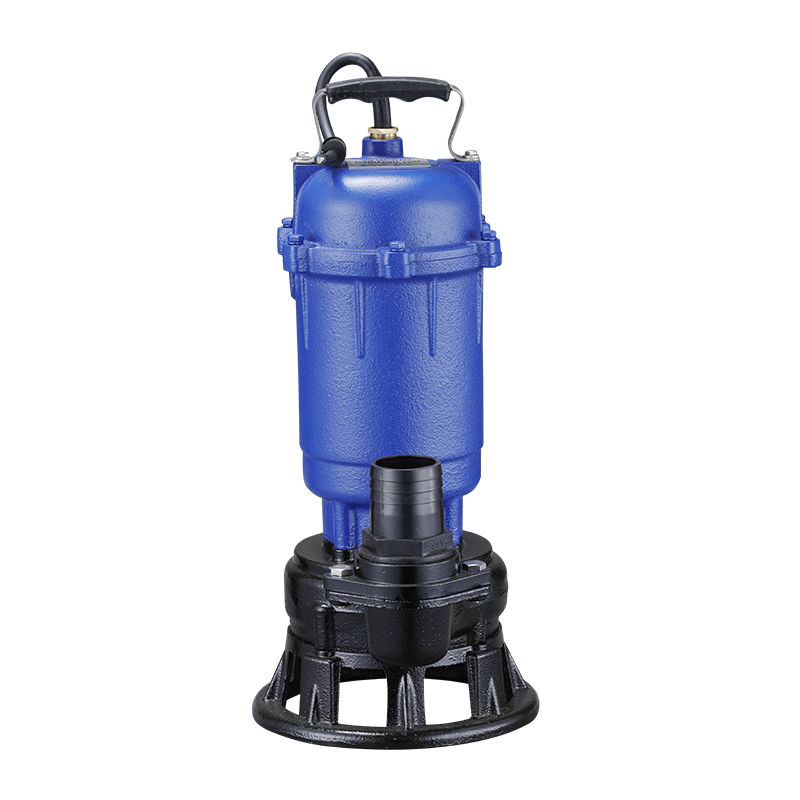Understanding Submersible Sewage Water Pumps: Key Insights for Professionals
2025-06-20

One of the primary advantages of submersible sewage water pumps is their ability to handle solids and debris. Most models are engineered with robust impellers capable of passing solids up to a certain size, which is crucial in wastewater treatment applications. This capability allows for the effective transport of sewage, minimizing the risk of blockages that can lead to costly downtime and maintenance.
The design of submersible pumps also contributes to their efficiency. By being submerged, these pumps can utilize the hydrostatic pressure of the fluid, reducing the energy required for operation compared to surface-mounted pumps. This not only leads to lower operational costs but also supports sustainability efforts by reducing energy consumption.
In industrial and municipal applications, submersible sewage water pumps are indispensable. They are commonly used in wastewater treatment plants, sewage systems, and even in construction sites where dewatering is necessary. Their adaptability allows them to be deployed in various settings, from residential to large-scale municipal projects, making them a versatile choice for many professionals in the industry.
When selecting a submersible sewage water pump, it is essential for professionals to consider factors such as flow rate, head pressure, and the type of solids the pump will handle. Understanding the specific requirements of the application will ensure that the right pump is chosen, enhancing efficiency and performance.
Moreover, regular maintenance and monitoring of submersible sewage water pumps are vital to their operational efficiency. Professionals should implement a routine inspection schedule to check for wear and tear, ensuring that the pumps continue to perform optimally over time. This proactive approach can prevent unexpected failures and extend the lifespan of the equipment.
In conclusion, submersible sewage water pumps are integral to effective wastewater management in industrial environments. By understanding their functionality, advantages, and maintenance needs, professionals can make informed choices that enhance operational efficiency and contribute to successful project outcomes. Investing in the right pump and ensuring its proper upkeep will not only lead to better performance but also support sustainable practices in the industry.
Prev:
Other blog
Understanding Submersible Sewage Water Pumps: Key Insights for Professionals
Submersible sewage water pumps are designed to operate while fully submerged in fluids, making them particularly effective for pumping wastewater and sewage. Unlike standard pumps, these devices are hermetically sealed to prevent water from entering the motor and other internal components, ensuring longevity and reliability in various environments. One of the primary advantages of submersible sewa
Unlocking Environmental Benefits Through Modern Submersible Sewage Water Pumps
Unlocking Environmental Benefits Through Modern Submersible Sewage Water Pumps Table of Contents 1. Introduction to Submersible Sewage Water Pumps 2. Understanding the Environmental Impact of Waste Management 3. Key Features of Modern Submersible Sewage Water Pumps 4. Energy Efficiency and Reduced Carbon Footprint 4.1. Comparing Energy Consumption 4.2. Long-term Savings and Sustainab
Understanding Submersible Sewage Water Pumps: Essential Insights for Industrial Applications
Submersible sewage water pumps are specialized pumps designed to operate underwater, typically used for the removal of wastewater and sewage in both residential and industrial applications. Their unique design allows them to be submerged in the fluid they are pumping, which offers several advantages over traditional pumps. Understanding how these pumps function and their key features is crucial fo
Quick Links
Product

Social Media
Parent Company:TAIZHOU WERTO IMPORT AND EXPORT CO.,LTD Head Office:
ROOM06,5FLOOR,UNIT2,#3TIMES BUILDING.NO.115 JIULONG AVENUE WENLING ZHEJIANG CHINA
Factory:TAIZHOU WERTO MECHANICAL AND ELECTRICAL CO.,LTD
Address:No.20 Building,Zeguo Industrial Zone,Wenling,Zhejiang,China
COOKIES
Our website uses cookies and similar technologies to personalize the advertising shown to you and to help you get the best experience on our website. For more information, see our Privacy & Cookie Policy
COOKIES
Our website uses cookies and similar technologies to personalize the advertising shown to you and to help you get the best experience on our website. For more information, see our Privacy & Cookie Policy
These cookies are necessary for basic functions such as payment. Standard cookies cannot be turned off and do not store any of your information.
These cookies collect information, such as how many people are using our site or which pages are popular, to help us improve the customer experience. Turning these cookies off will mean we can't collect information to improve your experience.
These cookies enable the website to provide enhanced functionality and personalization. They may be set by us or by third-party providers whose services we have added to our pages. If you do not allow these cookies, some or all of these services may not function properly.
These cookies help us understand what you are interested in so that we can show you relevant advertising on other websites. Turning these cookies off will mean we are unable to show you any personalized advertising.





